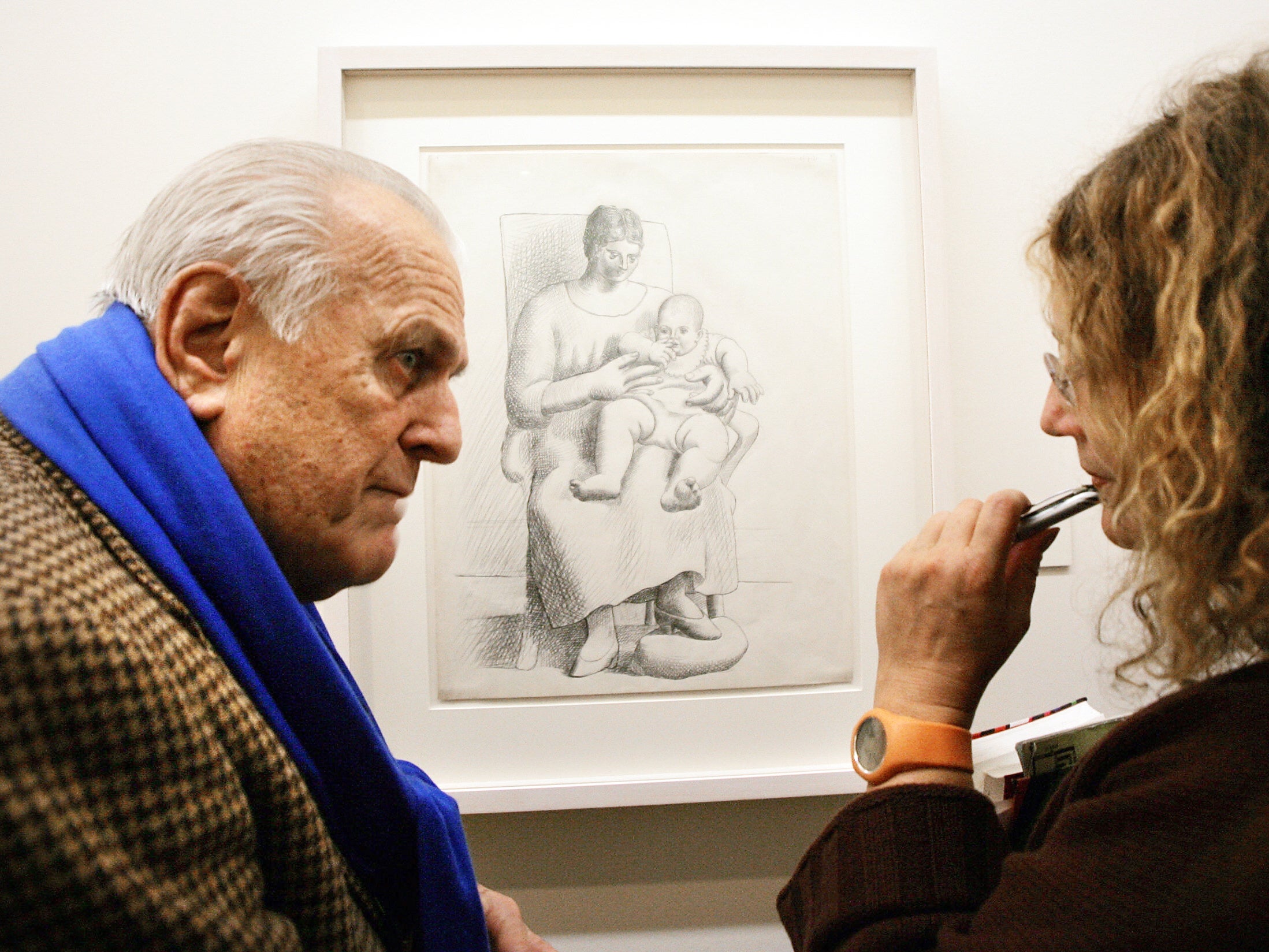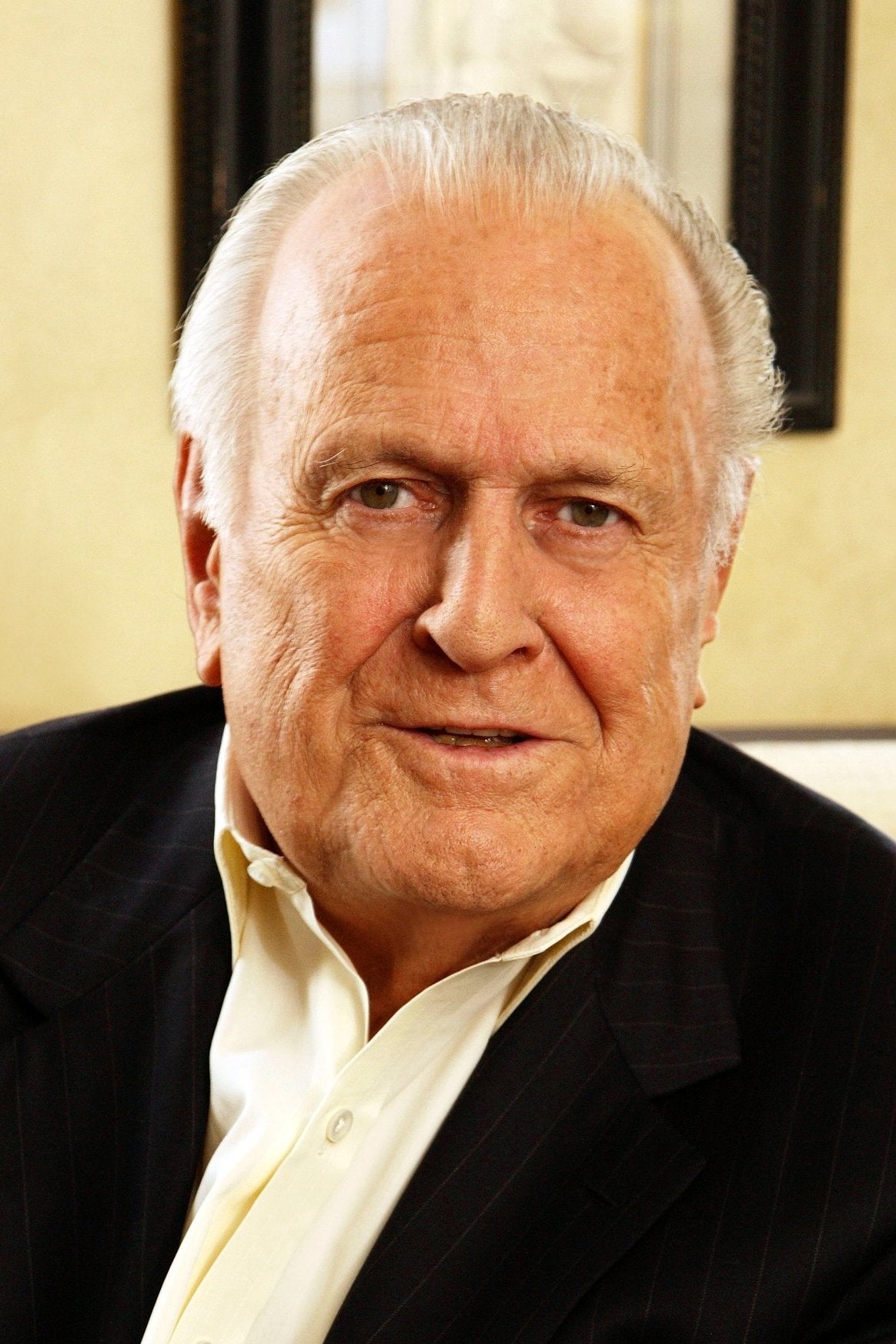John Richardson: Historian who chronicled the art world and the life of Pablo Picasso
Strident and impossibly clued-in, the Vanity Fair and the New York Review of Books writer leaves the world waiting for the last of his four tomes on the great 20th-century figure

Your support helps us to tell the story
From reproductive rights to climate change to Big Tech, The Independent is on the ground when the story is developing. Whether it's investigating the financials of Elon Musk's pro-Trump PAC or producing our latest documentary, 'The A Word', which shines a light on the American women fighting for reproductive rights, we know how important it is to parse out the facts from the messaging.
At such a critical moment in US history, we need reporters on the ground. Your donation allows us to keep sending journalists to speak to both sides of the story.
The Independent is trusted by Americans across the entire political spectrum. And unlike many other quality news outlets, we choose not to lock Americans out of our reporting and analysis with paywalls. We believe quality journalism should be available to everyone, paid for by those who can afford it.
Your support makes all the difference.Artists are among the great employers of all time: such shoals of historians, curators, publishers and so on are bankrolled in their wake.
The paymaster-in-chief was Picasso, and his biographer, former friend and neighbour in Provence, John Richardson, ranks as one of the greatest “employees” – for his virtuosity and power of expression.
Richardson, who died aged 95, was more than an art historian and writer, he was a supreme word-painter. Although his first draft of an article, review or manuscript would already contain his clear voice, control and wit, he would persistently rewrite and showed a craftsman-like impulse towards sharpness, and even a kind of hatred for bogus prose. This was manifest in his frequent contributions, dating from the early Sixties, for the New York Review of Books.
He was in addition an inspired broadcaster, a one-time head of Christie’s auctioneers in New York, Slade professor of art at Oxford University (1995-96), an international art dealer and socialite, and an authoritarian purveyor of mordacious art-market gossip. His autobiographical The Sorcerer’s Apprentice (1999) set a new standard in art-memoir publishing. He also managed to get into bed with, literally and figuratively, some of the most dubious and brilliant stinkers of his time within that strange milieu where art and commerce merge. He also managed to exit with his reputation strangely untarnished.
John Patrick Richardson was born in 1924 into a synthesis of upstairs and downstairs society, a blueprint for the mix of worlds that later sustained his love of eccentricity and talent for observation and communication. His father was Sir Wodehouse Richardson, a founder-director of the Army & Navy stores and a bachelor until almost 70 when Patty Crocker, an assistant re-toucher of portraits in the store’s photographic department, unexpectedly acceded to his sudden matrimonial advances. Lady Richardson had two more children before her husband’s death in 1929; five-year-old John was not told his father had died until long after.
John Richardson was educated at Stowe and the Slade, was precociously interested in art, and probably precocious too in dismissing as “hopeless” his own early attempts to create it. Even as a youth, his black or white opinions left him indifferent to anything much in between. To him, grey equalled second-rate.
He generally sought the company of great painters, art historians and collectors over great literary minds, observing them like a curious, restless child, and storing it up until the time came when virtually all were dead and the stories could safely be unfolded. All humankind fascinated him. As a child, his photograph had been hung in the lift of the Army & Navy. As an adult, he seemed to alternate between floors in society, his face showing conspicuously as doors opened and closed into very different worlds.

At his parties, they merged. There would be the Rothschilds on the one hand; pop or movie stars on the other; while a bleached-blond 28-year-old tongue-studded pretty-boy he would greet with a kiss and a “Hi baby!” in between. He could be irreverent, yet did not fail to show deference to the truly great. The critic Ernest Hilbert, reviewing Sacred Monsters, Sacred Masters: Beaton, Capote, Dalí, Picasso, Freud, Warhol, and more (2001), said of Richardson: “He assumes carte blanche to cuff some of his cast about their ears, sanctify others, and utterly destroy those for whom he nurtures a distinct apathy.” He went on: “He is very good at … elbowing goats to one side, caressing lambs while also eyeing their throats.”
This characteristic ran deeper into Richardson’s private life than many realised, an openness about his homosexuality having been mistaken for openness about himself. In The Sorcerer’s Apprentice, while apparently showing candour in all matters relating to his seminal association with the notorious art collector Douglas Cooper, Richardson reveals more about Cooper’s affairs than he does about his own engagements with the flesh. There was in him a carefully concealed place beyond which most people simply did not get. And sex remained vital to him into old age – as it did with Picasso – and, in certain discreet circles, Richardson was known to have few qualms about where he drew the line sexually.
In an effort to impress, in 1947, very early on in their relationship Cooper took Richardson on a grand tour of Europe, first to meet Fernand Léger, and then Picasso in his Paris studio in Rue des Grands-Augustins. It was more of a general reception, with almost a dozen “supplicants bearing gifts in the hope of a favourable response”, Richardson recalled.
Richardson remarked the eye contact Picasso made with him and was hooked. A second and more personal visit to Picasso in Vallauris in the South of France followed, in which Richardson saw the extent to which Picasso sought and relied on friends who would support him wholeheartedly. Photographs show quite clearly the rapport between Richardson and Picasso, with Cooper always seeming the odd one out, confirming a spiritual attraction, if nothing more, between them.
When Cooper bought the Château de Castille in Provence in 1949, the pair became Picasso’s neighbours and friends and this later enabled Richardson to delve more sympathetically into the painter’s life than would otherwise have been possible.
As the friendship developed – coinciding with Picasso’s love affair with his new mistress Jacqueline Roque (later his wife) – Richardson came to realise that, every time a new woman came on to the scene, the artist’s work took on a new significance. But it was not for many years – until all the protagonists were safely dead – that Richardson’s early timid contributions to art-historical journals and reviews gave way to more substantial, precisely formulated theories about the various artists he had encountered.
His involvement with dominant, father-figure characters like Cooper and Armand Hammer (owner of the art dealers Knoedler, where Richardson was vice-president from 1972-76), at the very least demonstrated an uncontrollable attraction for him toward high-flying rotters. Hammer he shook off, the ghastly Cooper he never did, eternally and dismayingly mimicking him with a disdainful Cooper-esque twisted grin and varying degrees of mockery.
A similar lack of ease existed in Richardson’s job as biographer, although A Life of Picasso, written with Marilyn McCully, deserves lasting recognition (the first volume, covering 1881-1906, was published in 1991 and won the Whitbread Prize; the second appeared in 1996; the third in 2007, with a fourth now pending). It is simply that, as Richardson said, he never saw himself as a biographer, and was more than astonished that it could have occurred. Perhaps he knew he might have done more. That vivid imagination might have taken him farther with fiction – on less material and less effort.
Yet his biographical achievement with Picasso was remarkable. “We are a cottage industry,” Richardson said modestly of himself, McCully and her husband Michael Raeburn (while within the sumptuous glister of his Fifth Avenue apartment).
The vast undertaking (originally planned in seven volumes) was conceived between the three of them and put together without editorial help before it was commissioned by Random House. As with Richardson’s impeccable Vanity Fair articles, there is little distinction between the thrill of gossip and the masterful handling of profound subjects – his skill was to plant himself in one place and simply bring every detail to the notice of the reader. It is difficult, however, to see how the project could have been conceived without McCully’s editorial input.
Although Picasso assuredly became Richardson’s territory, he did not always welcome incursions into it. As when, 50 years on, he was reminded of the time he had taken Sir Clement Freud to meet Picasso over lunch in the South of France: hearing that the friend came from London, Picasso asked interestedly, “Comment va ici?” According to Freud, it turned out that Picasso was actually asking how his ICI shares were doing. Richardson would have none of it: “Absolute bullshit! Couldn’t have happened!” he protested. “Picasso would never have spoken of such things, he had a man in Switzerland looking after all that” – but the denial didn’t quite ring true.
Something of the stage pervaded Richardson. He relished, and could deliver authentically, a leading role: a glittering delivery of the eulogy at his friend Andy Warhol’s memorial; and with his 2001 series Picasso: Magic, Sex and Death for Channel 4 winning over new audiences – most of whom did not know this unconventionally posh, stout, massive-headed raconteur, limping like Quasimodo through the footprints of art history, while so gentle on screen with Paloma.
And much that could be described as stage-set applied both to his New York apartment and his weekend retreat in Connecticut (a Sixties reconstruction of a pavilion at Syon to which he added a neo-classical library and a swimming pool, around which deer roamed).
Close inspection of his Fifth Avenue furniture, groaning beneath the weight of photos, porcelain and objets de vertu, would reveal them to be catering tables overpinned with coloured material. The clipped verdure of the outside terrace was plastic, and the barn-sized apartment itself really an old dance studio with faux walls. About all of these particulars, and the consequent savings they had entailed, he was openly and gleefully forthcoming. The pictures were genuine.
It is truly impossible to state quite whether Richardson was snobbish, or the direct opposite. The elegant and self-styled “zig-zag” socialite Marguerite Littman (friend of Diana, Princess of Wales) said that “he simply brought oxygen into the room.”
Richardson’s Japanese partner of many years, Kosei, neatly summarised the polarised worlds he inhabited: “hi-so” – high society – and “lo-so”. Neither world was nurturing, because essentially so competitive. “Every positive value,” said Picasso, “has its price in negative terms.” Being popular, because successful, came at a price. If anyone supposed, beneath the polished vivacity, that John Richardson neither contained, nor sought comfort for, a wounded core, they were wrong.
Sir John Patrick Richardson, art historian and critic, born 6 February 1924, died 12 March 2019
Join our commenting forum
Join thought-provoking conversations, follow other Independent readers and see their replies
Comments